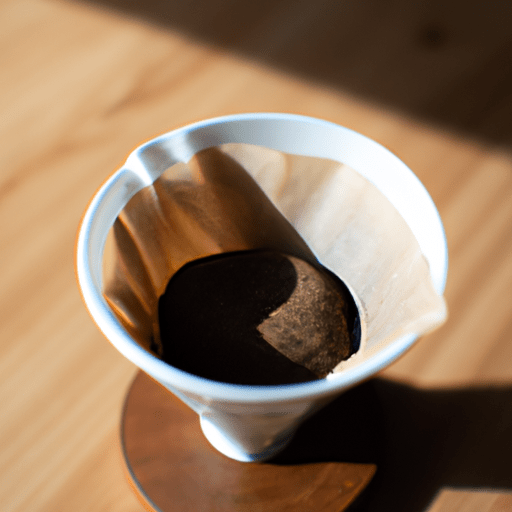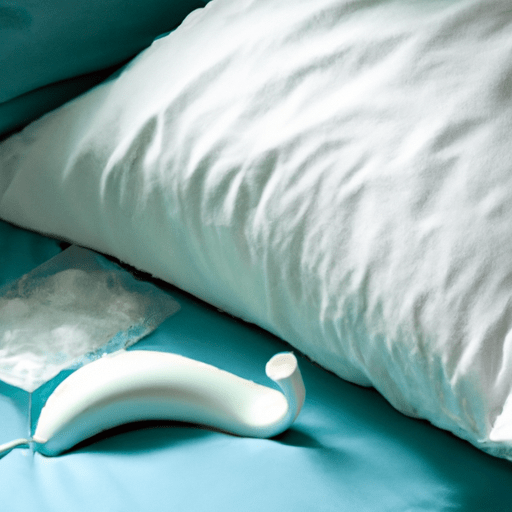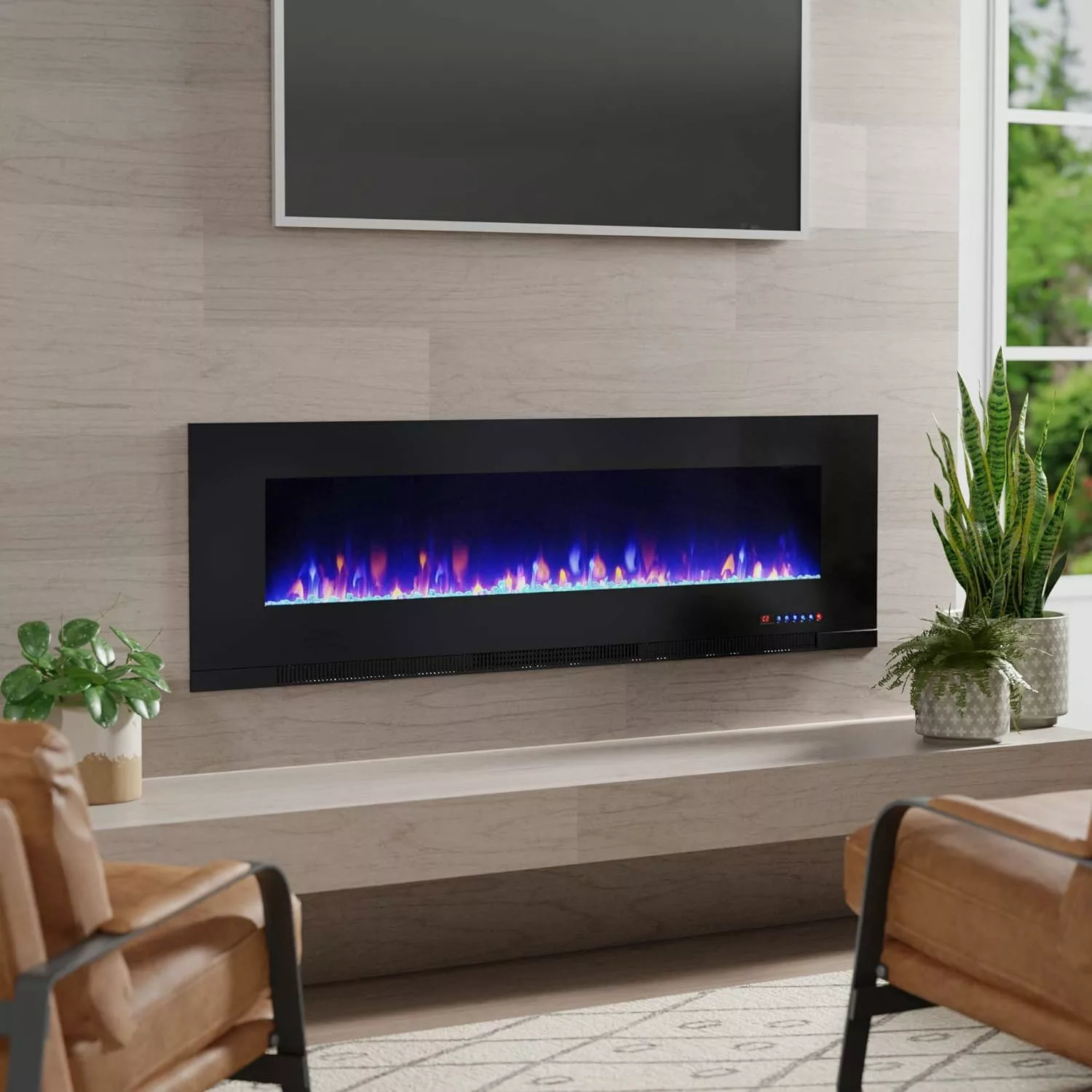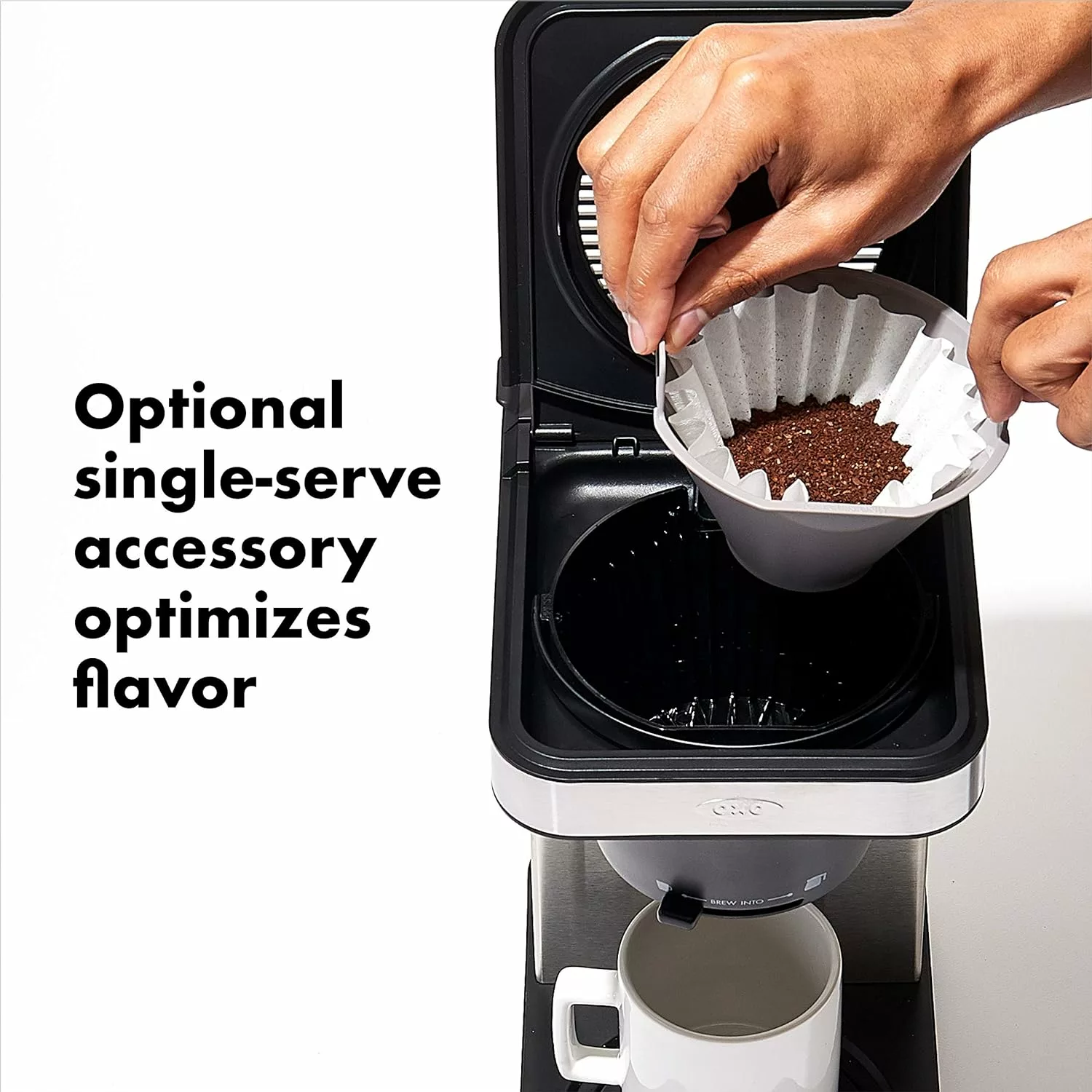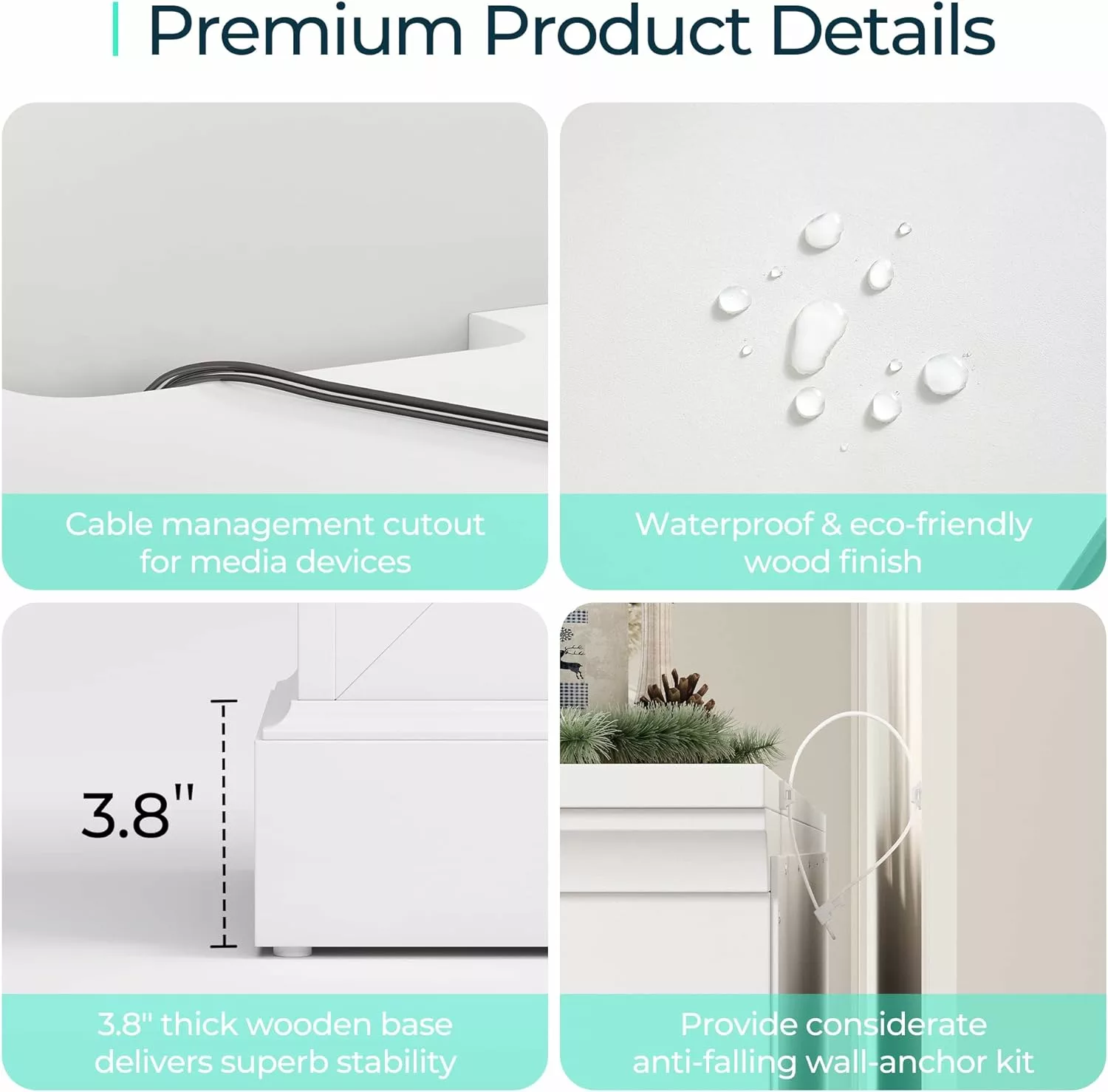Imagine waking up to the enticing aroma of freshly brewed coffee wafting through your kitchen, only to realize that you don’t have a scale to measure the perfect amount of coffee grounds. Don’t worry, brewing the perfect pour over coffee without a scale is not just a dream. In this article, you will discover the secrets to achieving a delicious pour over coffee without the precision of a scale. Say goodbye to the need for complex measurements and hello to a simpler and more satisfying brewing experience. Get ready to unlock your inner barista and indulge in a cup of perfection.

This image is property of images.pexels.com.
Understanding the Pour-Over Method
The pour-over method is a popular brewing technique that allows you to make a delicious cup of coffee by manually pouring hot water over coffee grounds. It is known for its simplicity and ability to bring out the rich flavors and aromas of the coffee beans. By understanding the pour-over method, you can elevate your coffee brewing experience and enjoy a truly delightful cup of coffee.
What is a pour-over
A pour-over is a coffee brewing method that involves pouring hot water over coffee grounds, allowing the water to pass through the grounds and extract the flavors and aromas. It is typically done using a pour-over cone, which holds the coffee grounds and has a small opening at the bottom to allow the brewed coffee to flow through. The coffee is brewed directly into a cup or a carafe, resulting in a clean and flavorful brew.
How it differs from other brewing methods
The pour-over method differs from other brewing methods, such as drip coffee machines or espresso machines, in several ways. Unlike drip coffee machines that automate the brewing process, the pour-over method requires manual control over the pouring process, allowing you to have more control over the extraction and strength of the coffee. Additionally, the pour-over method typically uses a paper filter, which removes oils and sediment from the coffee, resulting in a cleaner and crisper cup of coffee.
Advantages of pour-over
There are several advantages to using the pour-over method to brew your coffee. Firstly, it allows you to have complete control over the brewing process, from water temperature to pouring technique, resulting in a more customized and flavorful cup of coffee. Additionally, the pour-over method is relatively inexpensive compared to other brewing methods, as it requires minimal equipment and is not reliant on any electricity or special machinery. Lastly, the pour-over method is highly portable, making it a great option for coffee lovers on the go.
Equipment Needed
To brew a perfect pour-over coffee, it is essential to have the right equipment. Here are the key items you will need:
Choosing the right coffee beans
To achieve a delicious pour-over coffee, start by selecting high-quality coffee beans. Look for beans that are freshly roasted and have a flavor profile that matches your preferences. Whether you prefer a light, medium, or dark roast, choosing the right coffee beans is the first step towards a great pour-over brew.
Selecting a good coffee grinder
Investing in a good coffee grinder is crucial for achieving a consistent grind size, which is important for the pour-over method. Burr grinders are recommended for their ability to produce a uniform grind. This ensures even extraction of flavors and optimal coffee brewing.
Importance of a good pour-over cone and filter
The pour-over cone and filter you choose play a significant role in the brewing process. Opt for a high-quality pour-over cone made from ceramic, glass, or stainless steel. Additionally, using a paper filter is recommended as it effectively removes any unwanted oils or sediments from the coffee, resulting in a cleaner cup. Be sure to follow the manufacturer’s instructions for properly folding and placing the filter in the cone.
Option of a kettle and its purpose
While not essential, a kettle with a gooseneck spout can greatly enhance your pour-over experience. The gooseneck allows for precise pouring, helping you maintain control over the water flow and ensuring even saturation of the coffee grounds. However, if you do not have a kettle with a gooseneck spout, a regular kettle with a steady pour can still yield a delicious cup of pour-over coffee.
Preparation Before the Brew
Before starting the brewing process, there are a few important steps to take:
Grinding the beans
Measure out the desired amount of coffee beans and grind them to a medium-coarse consistency. Aim for a grind that resembles coarse sea salt, as this allows for optimal extraction and prevents over-extraction, which can result in a bitter taste.
Pre-heating the equipment
To prevent temperature loss during the brewing process, it is essential to pre-heat your equipment. Rinse the pour-over cone and filter with hot water to ensure they are warm before beginning the brewing process. This helps maintain the ideal brewing temperature and prevents any unwanted heat loss.
Preparing the water
The quality of the water used in brewing your pour-over coffee can significantly impact the taste. It is recommended to use filtered or bottled water to ensure a clean and pure taste. Fill your kettle with the desired amount of water and bring it to a temperature of around 195°F to 205°F (90°C to 96°C), which is the ideal temperature range for brewing a delicious cup of pour-over coffee.
Brewing Without a Scale
If you don’t have a scale available, there are still ways to achieve a balanced and flavorful cup of pour-over coffee. Here’s what you need to do:
Understanding the quantity of coffee for pour-over
A general guideline for the quantity of coffee to use is approximately 1 to 2 tablespoons of coffee grounds per 6 ounces (177 ml) of water. However, this can be adjusted based on personal preference. Start with a smaller amount of coffee and gradually increase or decrease it as you experiment with different brews.
The importance of coffee to water ratio
The ratio of coffee to water is crucial in achieving the desired strength and flavor in your pour-over brew. While a scale provides precise measurements, you can still achieve a balanced ratio by using measuring spoons. Start with one tablespoon of coffee for every 6 ounces (177 ml) of water and adjust as necessary based on taste preferences.
Using measuring spoons as alternatives to a scale
Measuring spoons can be used as a convenient alternative to a scale. Use a level tablespoon to measure your coffee grounds and adjust the quantity based on your desired strength. Keep in mind that using measuring spoons may not provide the same level of precision as a scale but can still yield a delicious cup of pour-over coffee.

This image is property of images.pexels.com.
The Pouring Technique
The pouring technique is a fundamental aspect of the pour-over method. Here’s how to master it:
The initial pour and its purpose
To begin the pour-over process, start by wetting the coffee grounds with a slow and steady pour. This is known as the initial pour, and its purpose is to allow the coffee to bloom. Blooming occurs as carbon dioxide is released from the coffee grounds, resulting in a more even extraction and enhanced flavors. Pour just enough water to saturate the grounds, allowing them to swell and release their aroma.
The spiral pour and its benefits
Once the grounds have bloomed, continue pouring the water in a slow, spiral motion over the coffee grounds. This technique helps evenly extract the flavors from the grounds and prevents over-extraction in certain areas. Aim for a consistent pour rate that allows the water to pass through the grounds steadily without rushing or creating a deluge. Maintain control over the pouring speed and flow to optimize flavor extraction.
How to estimate water quantity without a scale
Without a scale, estimating the water quantity can be done by using the coffee cup or carafe as a reference. As a general guideline, aim for approximately 2 to 3 cups of water for every tablespoon of coffee grounds. Adjust the quantity based on your personal taste preferences and desired strength.
Brewing Time and Temperature Management
Proper time and temperature management are essential for brewing a perfect cup of pour-over coffee. Here’s what you need to know:
Ideal water temperature for pour-over coffee
The ideal water temperature for pour-over coffee is between 195°F and 205°F (90°C and 96°C). This temperature range ensures proper extraction of flavors and prevents under-extraction, which can result in a weak cup, or over-extraction, which can lead to bitterness. If you don’t have a thermometer, let the kettle cool for about 30 seconds after boiling to reach the desired temperature.
The significance of brewing time
Brewing time refers to the duration it takes for the water to pass through the coffee grounds and extract the flavors. For the pour-over method, the brewing time typically ranges between 2 and 4 minutes. However, the optimal brewing time can vary depending on the grind size, coffee-to-water ratio, and personal taste preferences. Experimentation is key to finding the brewing time that yields the desired flavor profile.
How to manage temperature and time without a thermometer or timer
In the absence of a thermometer or timer, you can estimate the water temperature by allowing the boiled water to cool for approximately 30 seconds. Additionally, you can gauge the brewing time by observing the flow rate of the water through the coffee grounds. Aim for a steady and controlled flow, avoiding excessive speed or prolonged contact time to prevent over-extraction.
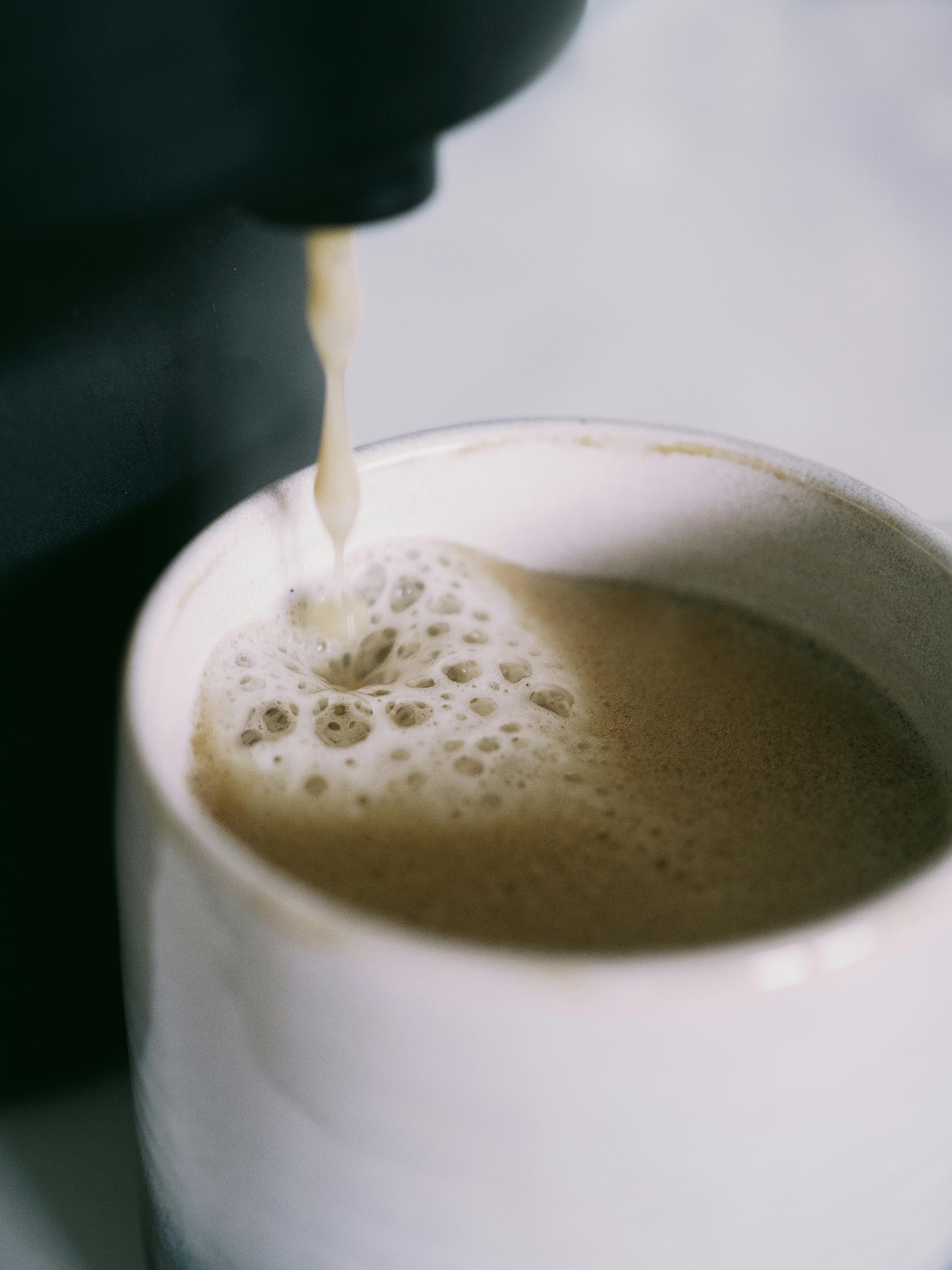
This image is property of images.pexels.com.
Tasting and Adjusting Your Brew
Tasting your pour-over coffee is a crucial step in determining flavor and making adjustments. Here’s how to do it:
How to taste coffee properly
To properly taste your pour-over coffee, take small sips and allow the coffee to coat your entire mouth. Pay attention to the flavors, acidity, body, and aftertaste. Take note of any distinct characteristics, such as floral notes, fruitiness, or chocolate undertones. With each sip, try to identify the flavors and determine if any adjustments are needed.
Understanding the taste profile of a good pour-over coffee
A good pour-over coffee should exhibit a well-balanced flavor profile, with a pleasing acidity, sweetness, and body. The flavors should be distinct and well-defined, showcasing the unique qualities of the coffee beans. Adjustments may be necessary if the coffee tastes too weak, too strong, overly bitter, or excessively acidic.
Adjusting your brewing method based on taste
Based on your tasting experience, you can make adjustments to your brewing method to achieve the desired flavor profile. If the coffee tastes too weak, consider increasing the coffee-to-water ratio or extending the brewing time. Conversely, if the coffee is too strong or bitter, reduce the coffee-to-water ratio or shorten the brewing time. Don’t be afraid to experiment and adjust until you find your perfect cup of pour-over coffee.
Common Problems and Solutions
Encountering problems in the brewing process is normal, but there are solutions to address these issues:
Dealing with overly bitter or acidic coffee
If your pour-over coffee tastes overly bitter, it may be a result of over-extraction. To remedy this, adjust your grind size to a coarser consistency and reduce the brewing time. On the other hand, if your coffee tastes excessively acidic, try reducing the brewing time and using a finer grind size to increase the extraction and balance the acidity.
How to fix weak or too strong coffee
Weak coffee can be resolved by increasing the coffee-to-water ratio or extending the brewing time. Conversely, if your pour-over coffee is too strong, consider reducing the coffee-to-water ratio or shortening the brewing time. Finding the right balance can greatly enhance the flavor and enjoyability of your cup of coffee.
Solutions to common brewing mistakes
Some common mistakes in pour-over brewing include uneven extraction, channeling (water flowing through gaps in the coffee grounds), and pouring too quickly or too slowly. To address these issues, ensure a consistent and even pour, maintaining control over the water flow. Experiment with different pouring techniques and speed to achieve an even extraction and prevent any issues.
Cleaning and Maintenance Tips
Proper cleaning and maintenance of your pour-over equipment are essential for ensuring a great-tasting cup of coffee. Here’s what you need to know:
Properly cleaning the pour-over cone
After each use, rinse the pour-over cone thoroughly with warm water to remove any residual coffee grounds. Use a soft brush or sponge to gently scrub away any stuck coffee particles. Avoid using harsh soaps or abrasive materials that can damage the cone. Regular cleaning helps maintain the integrity of the cone and prevents any build-up that can affect the flavor of future brews.
Maintaining a clean grinder
Clean your coffee grinder regularly to keep it in optimal condition. Follow the manufacturer’s instructions for proper cleaning and maintenance. Remove any leftover coffee grounds and oils that may affect the flavor and consistency of future grinds. A clean grinder ensures a consistent grind size and promotes better extraction during the brewing process.
Why cleaning and maintenance is essential for great coffee
Maintaining a clean pour-over cone and grinder is crucial for achieving a high-quality cup of coffee. Residual coffee grounds and oils can accumulate over time and become rancid, affecting the aroma and taste of your brew. Regular cleaning helps preserve the freshness and flavor of your coffee and ensures the equipment’s longevity.
Additional Tips for Perfect Pour-over Coffee
To further refine your pour-over brewing technique, here are some additional tips to consider:
The benefit of fresh coffee beans
Using fresh coffee beans is essential for a flavorful cup of pour-over coffee. Aim to purchase whole beans and grind them just before brewing to maximize freshness and aroma. Avoid using stale or old beans, as their flavors will be diminished, resulting in a lackluster cup of coffee.
Using filtered water for a better taste
Filtered water helps remove impurities and unwanted flavors that can affect the overall taste of your pour-over coffee. If possible, use filtered water for better results. However, if filtered water is not available, using spring water or bottled water can also improve the taste of your brew compared to tap water.
The impact of the grind size on the taste
Experimenting with different grind sizes allows you to customize the taste and extraction of your pour-over coffee. Finer grind sizes generally result in a more intense and flavorful cup, while coarser grind sizes produce a lighter and less bold cup. Adjust the grind size based on personal preferences and desired taste profile.
By following these tips and techniques, you can achieve the perfect pour-over coffee without the use of a scale. With practice and experimentation, you’ll be able to fine-tune your brewing method and enjoy a consistently delicious cup of pour-over coffee every time. Cheers to a flavorful and satisfying coffee experience!
